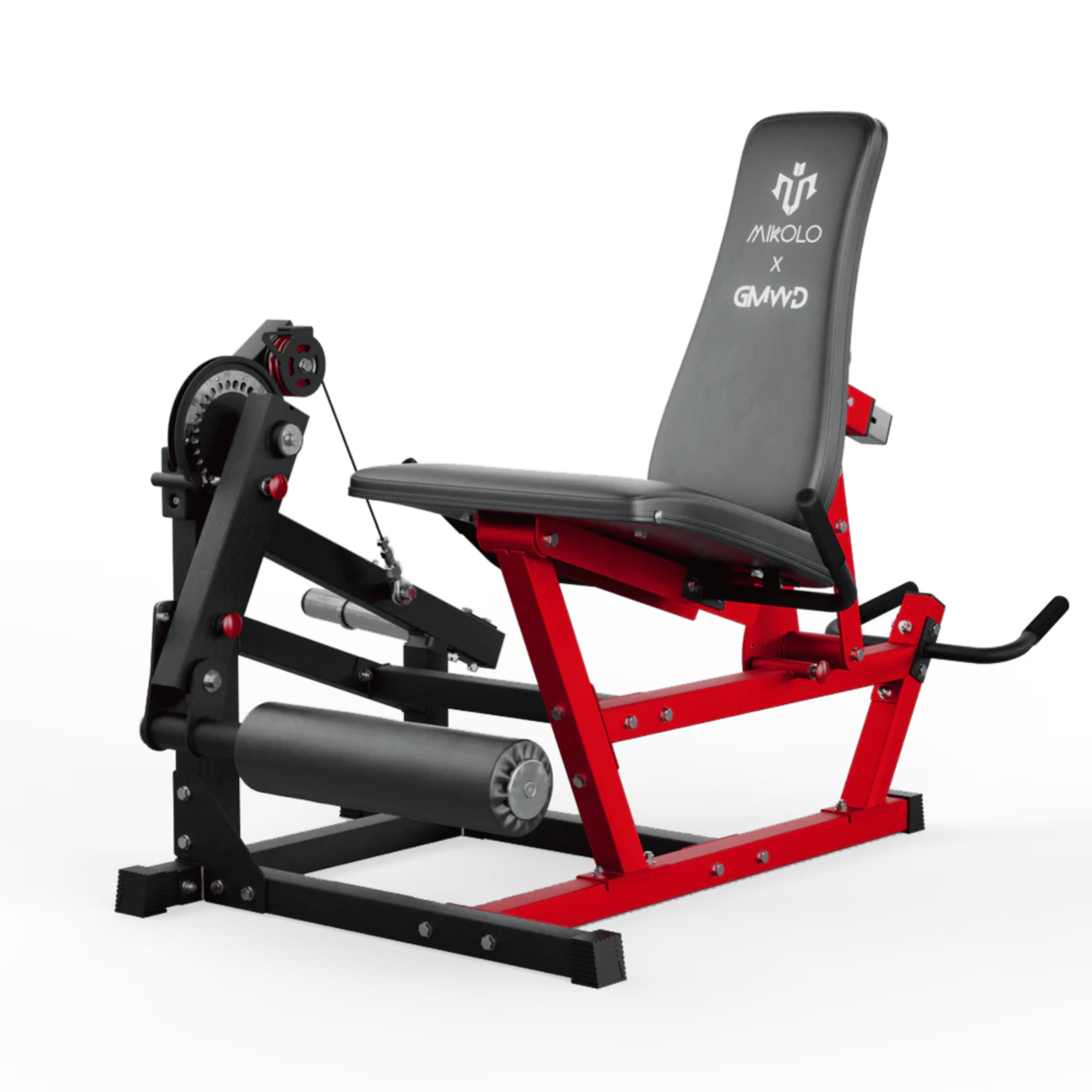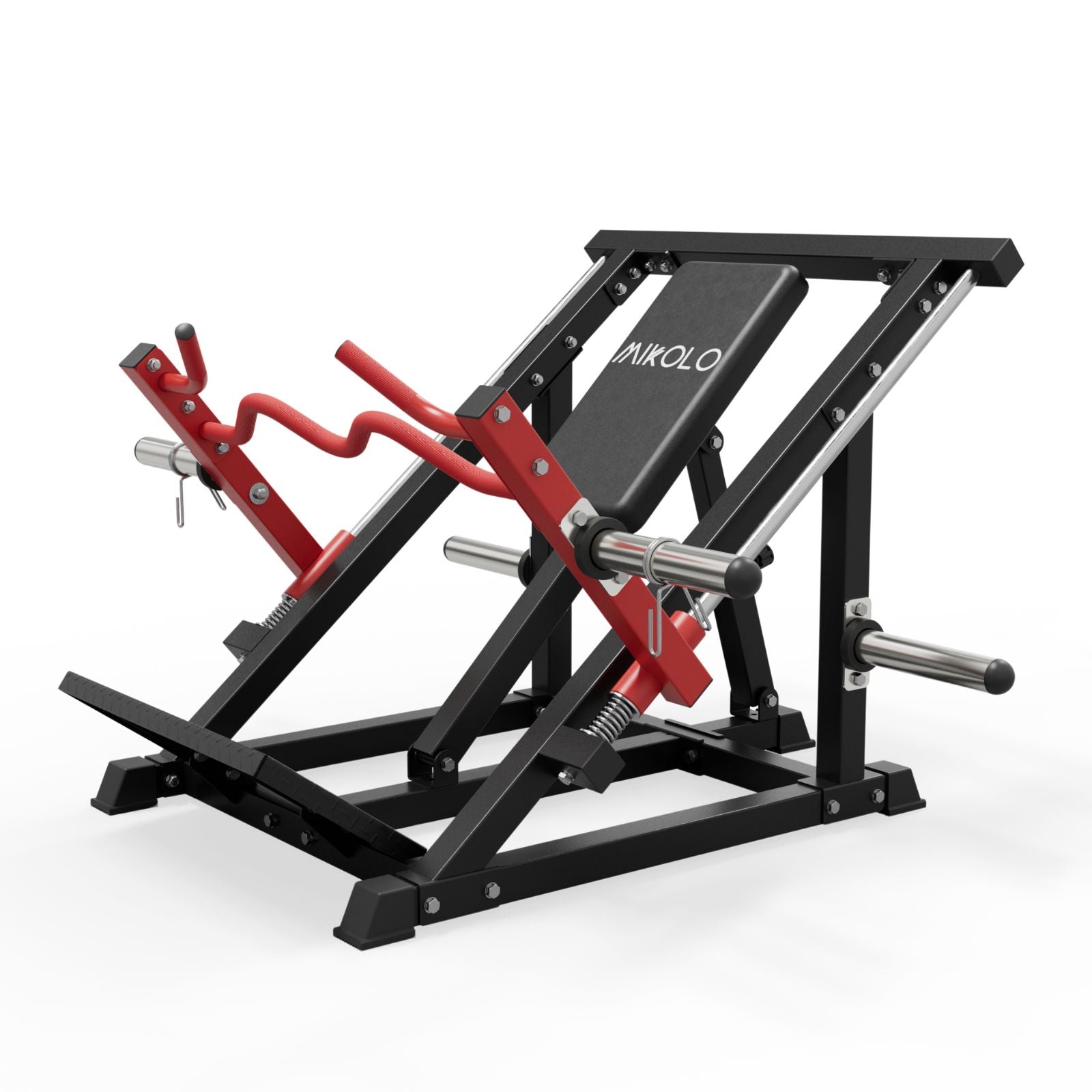When it comes to building strong, functional, and aesthetically pleasing shoulders, many lifters overlook the front shoulder muscle, also known as the anterior deltoid. While the bench press and overhead press give it plenty of indirect work, understanding its role within the broader shoulder muscle anatomy is key to unlocking both strength and symmetry.
The Three Heads of the Shoulder Muscle
The shoulder is made up of three primary muscle heads:
-
Anterior Deltoid (Front Shoulder Muscle): Positioned at the front of the shoulder, this head is responsible for shoulder flexion and internal rotation—key in pressing and front-raising motions.
-
Lateral Deltoid (Side Shoulder Muscles): Located on the outer shoulder, it allows the arm to abduct—raising it sideways away from the body. This head gives shoulders their signature width.
-
Posterior Deltoid (Rear Shoulder Muscle): Found on the back of the shoulder, it aids in horizontal abduction and external rotation, playing a vital role in posture and pulling movements.
Each head plays a distinct role in shoulder function, but imbalance among them can lead to poor aesthetics, performance plateaus, and even injury.
Front Shoulder Muscle Anatomy and Function
The anterior deltoid originates at the lateral third of the clavicle and inserts into the deltoid tuberosity of the humerus. It works closely with the chest and upper arm muscles during movements like:
-
Overhead presses
-
Front raises
-
Push-ups
-
Incline bench presses
Because this muscle often gets a lot of indirect volume from pressing exercises, it's crucial to be mindful of overtraining, especially if your program already emphasizes heavy chest work.
Rear Shoulder Muscle: The Overlooked Key to Balance
In contrast to the front delts, the rear shoulder muscle or posterior deltoid often receives too little attention. It's essential for pulling movements and shoulder stability. Weakness here can lead to rounded shoulders and joint strain.
Incorporating exercises like face pulls, reverse flyes, and bent-over lateral raises can help restore muscular balance and improve posture.
Personal Experience: When Aesthetics Meet Function
I still remember when I first realized the importance of shoulder balance. Early in my training, I chased big numbers on the bench press, unknowingly overdeveloping my front delts. After months of nagging shoulder discomfort and limited range of motion, a seasoned coach pointed out my underdeveloped rear delts and tight internal rotators.
With a shift in focus—prioritizing rear delt work, daily mobility drills, and strict form on lateral raises—I not only resolved the pain but finally achieved the rounded, capped shoulder look that had eluded me for years.
Tips for Balanced Shoulder Training
-
Train All Three Heads
Don’t rely on compound presses alone. Include targeted movements like lateral raises (for side delts) and rear delt flyes. -
Mind the Volume
If your program includes frequent pushing, you may need to dial back on front delt isolation to prevent overuse. -
Improve Posture and Mobility
Add thoracic spine mobility and scapular stabilization drills to protect your shoulders long-term. -
Prioritize Rear Delts
Train them with intention—twice a week if needed. Their development often lags behind and needs extra attention.
Final Thoughts
Your shoulder muscle heads work together, but their training needs vary. While the front shoulder muscle might be the most visible, don’t let it dominate your program. A well-rounded shoulder routine that respects anatomy and balance will improve not only how you look but how you move—inside and outside the gym.









































Leave a comment
This site is protected by hCaptcha and the hCaptcha Privacy Policy and Terms of Service apply.